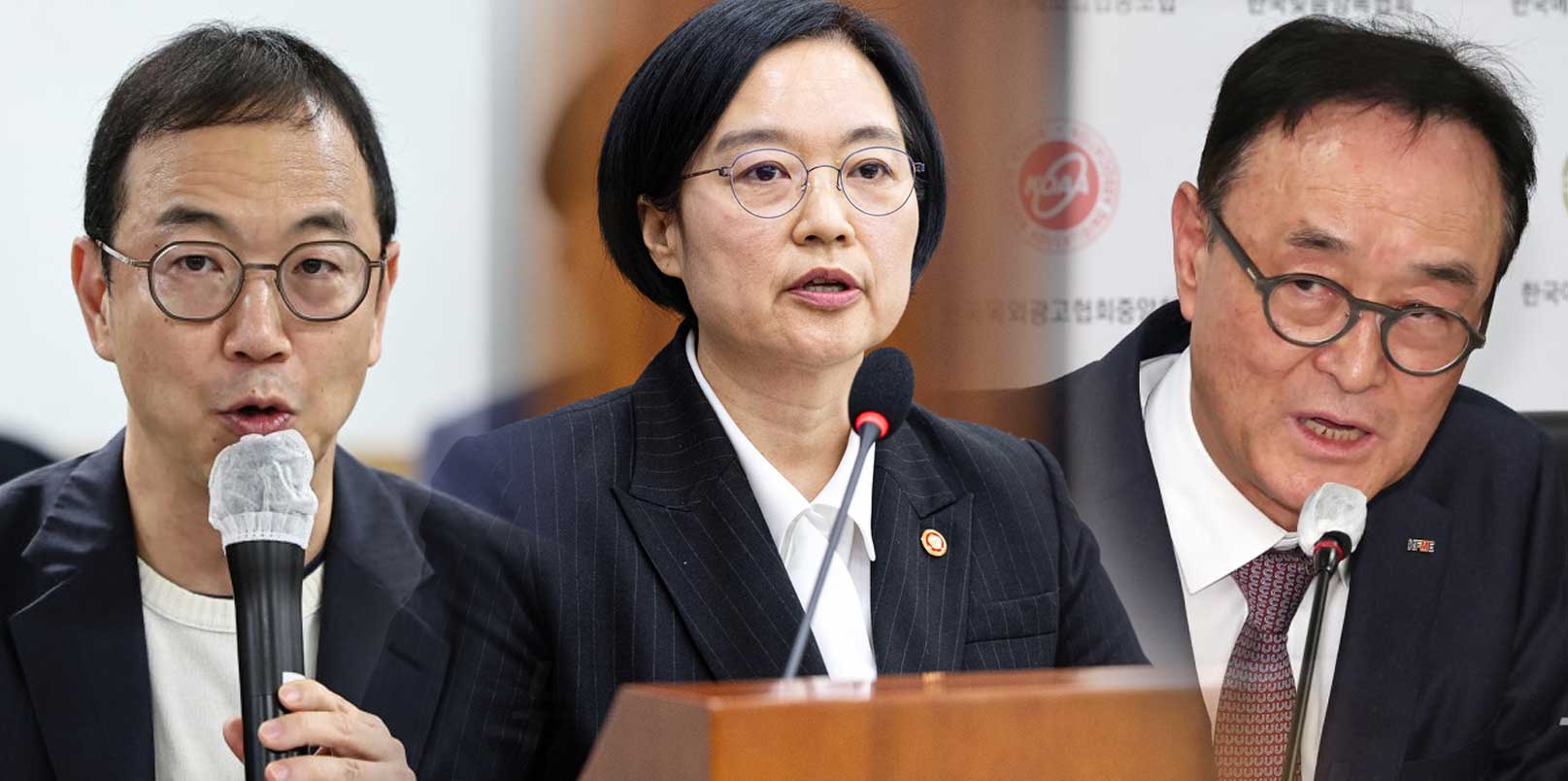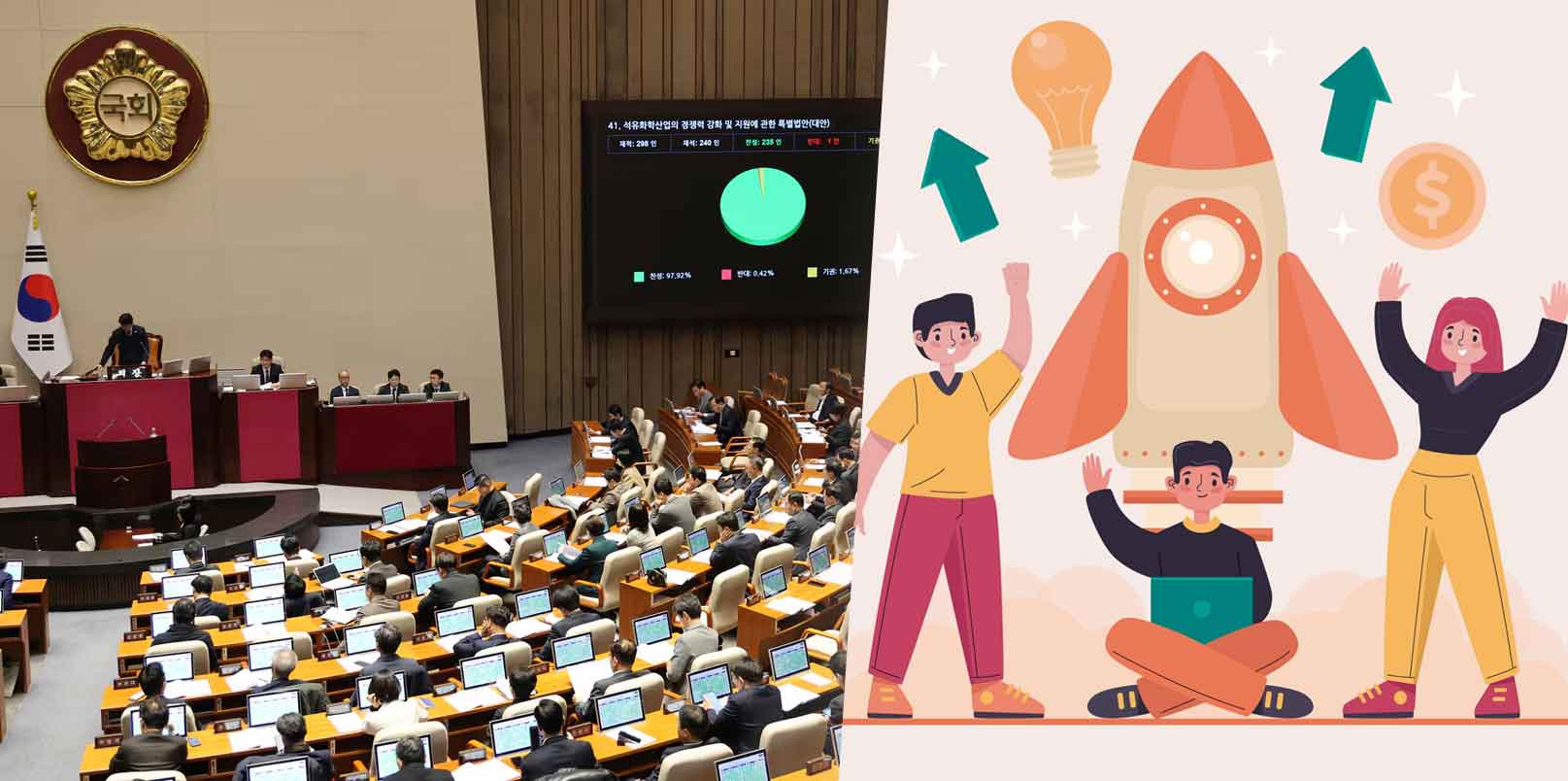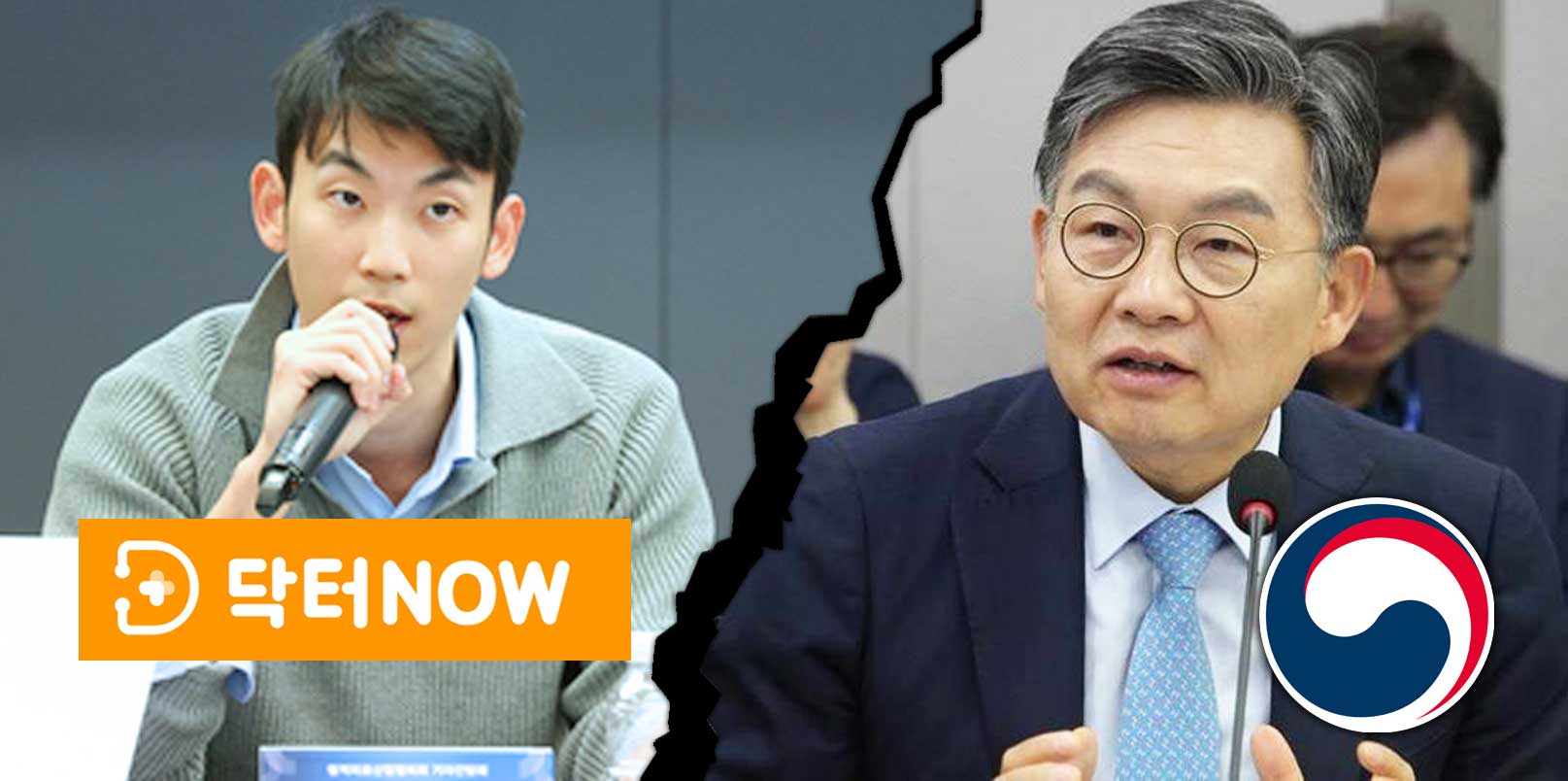South Korea has expanded one of its most ambitious investment programs to date: a ₩150 trillion (~$110 billion) National Growth Fund. Designed to channel capital into ten advanced industries including AI, semiconductors, and biotechnology, the initiative is expected to shape the country’s innovation trajectory for the next five years. While the fund prioritizes large and mid-sized firms, policymakers argue that startups will also see indirect benefits through trickle-down investment flows.
National Growth Fund Announced by President Lee
On September 10, at the National Growth Fund briefing held at Front One in Seoul, President Lee Jae-myung confirmed that the government will expand the National Growth Fund from ₩100 trillion to ₩150 trillion to accelerate investments in advanced strategic industries.
The plan builds on Lee’s campaign pledge of a ₩100 trillion AI initiative, now expanded in both scale and scope. At the core is the Advanced Strategic Industries Fund, targeting large and mid-sized enterprises. Complementing this, the Ministry of SMEs and Startups (MSS) will use its Fund of Funds (Mother Fund) to support early-stage venture development.
Why the National Growth Fund Matters Now
The fund’s structure reflects two intertwined objectives:
- Scaling promising ventures into mid-sized and large companies.
- Addressing the “Korea Discount,” a persistent undervaluation of domestic firms in public markets.
By boosting liquidity in capital and exit markets such as KOSDAQ, the government hopes to prevent a repeat of the Coupang scenario, where homegrown startups bypassed domestic listings in favor of Nasdaq.
The fund’s expansion from ₩100 trillion to ₩150 trillion underscores the administration’s emphasis on scale. In tandem, the MSS has proposed a record ₩1.1 trillion budget for its Fund of Funds (Mother Fund) in 2026, with 50% earmarked for the “NEXT UNICORN Project,” an initiative designed to channel over ₩10 billion per company into AI and deep-tech startups.
What Industry Voices Are Saying
Korean media outlet Edaily reported that government officials stressed the importance of moving beyond distributional subsidies toward selective, high-impact investments. The goal is to fund genuinely competitive startups rather than spreading capital thinly across the ecosystem.
An AI startup CEO who had previously received funding from Naver’s corporate venture arm D2SF highlighted a persistent challenge:
“We wanted to apply for a ₩7 billion government-backed project in consortium with Naver, but they declined, saying they wanted to avoid unnecessary misunderstandings. When startups are evaluated for funding, too much emphasis is placed on revenue and net income. Evaluators also need the expertise to recognize promising technologies that may not yet deliver immediate financial results.”
Impact on Korea’s Startup and Venture Landscape
The launch of the National Growth Fund signals a pivotal shift in Korea’s venture investment policy. For decades, Korea’s venture capital ecosystem has been heavily reliant on government-driven funds. As of Q1 2025, policy-backed sources accounted for 16.5% of venture fund contributions (₩507.8 billion), down from ₩592 billion a year earlier — evidence of a gradual pivot toward private-sector capital.
For startups, the fund presents both opportunities and risks. Liquidity across AI, biotech, and semiconductors could eventually spill over into high-risk ventures, but the large-enterprise orientation raises concerns about how much support will directly reach early-stage innovators.
Globally, the program provides a case study in balancing state-led industrial policy with venture ecosystem needs. While Silicon Valley and other ecosystems often rely on private-led VC flows, Korea’s model shows how governments can deploy sovereign-scale capital while simultaneously trying to catalyze private participation.
The Unfinished Question: Who Really Benefits from the National Growth Fund?
The ₩150 trillion National Growth Fund is not just a financial instrument, but also a policy experiment that will test Korea’s ability to scale advanced industries while ensuring startups are not sidelined. If successful, it could both mitigate the Korea Discount and generate a stronger pipeline of globally competitive deep-tech ventures.
Still, the unanswered question remains: can Korea strike just the right balance? Can the country make sure that the benefits extend beyond conglomerates and mid-sized firms to empower startups that embody the next wave of innovation?
– Stay Ahead in Korea’s Startup Scene –
Get real-time insights, funding updates, and policy shifts shaping Korea’s innovation ecosystem.
➡️ Follow KoreaTechDesk on LinkedIn, X (Twitter), Threads, Bluesky, Telegram, Facebook, and WhatsApp Channel.






